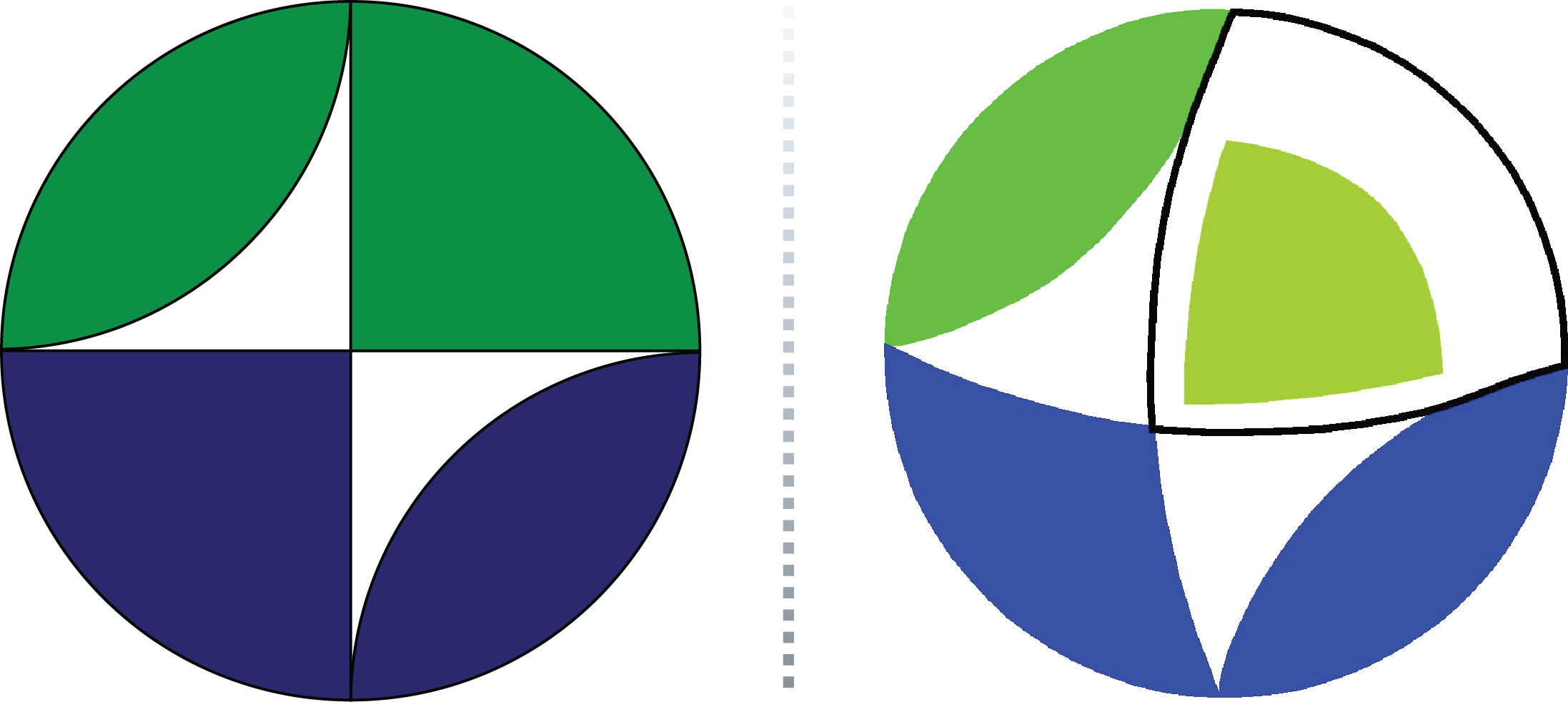Commission on Earthquake Source Mechanics
Officers: Satoshi Ide (chair), Keisuke Ariyoshi, Simone Cesca, Daniela Kühn, German Prieto
Task groups: We will support following CoSOI groups
- Working Group on Magnitude Measurements
- Working Group on Triggered and Induced Seismicity (TAIS)
- Automatic and routine Moment tensors: benchmark and verification platform
Scope:
Recent high-quality seismic and geodetic observations provide large volumes of data, which enable accurate determination of earthquake source parameters, including locations, magnitudes, moment tensors, and detailed imaging of coseismic rupture processes. Further, various techniques for solving forward and inverse problems have improved substantially in the recent past. Abundant information from these analyses is the basis for studying a variety of earthquakes including catastrophic earthquakes, medium to small earthquakes, slow earthquakes, swarms, tectonic and volcanic events as well as induced events, and to seek the governing laws and conditions for rupture initiation, growth and arrest. It also provides useful input to estimate the stress state, fault geometry, and fluid movement around seismic regions. The entire earthquake process from long-term tectonic loading and slow nucleation to rapid rupture propagation with strong motion radiation is now studied using numerical simulations. The validity of assumptions in these simulations is tested by data analysis and laboratory experiments supported by several drilling projects. The topics of interest include, but are not limited to, the following:
- Kinematic and dynamic inversion
- Seismic source parameter estimation
- Seismicity and earthquake interaction
- Swarms, tremors, and slow slip
- Modeling ruptures and earthquake cycles
- Large and recent earthquakes
- Fault drilling and friction experiments
- Induced earthquake, earthquake triggering
- Volcanic earthquake
In symposia in IASPEI meeting, we invite contributions on data analysis and interpretation of earthquake parameters and source processes, on improvement and validation of routine analysis techniques, on theoretical and numerical modeling of dynamic ruptures and earthquake sequences, and observational and experimental studies on the physics of earthquakes. Studies of recent significant earthquakes are always important. We welcome contributions on various study regions in different tectonic environment from diverse countries, and also encourage the presentations by young researchers.
Sub-commission Seismo-geodesy Chairs: Jean-Mathieu Nocquet (France, IAG), Masayuki Kano (Japan, IASPEI)
Recent advances in seismological and geodetic instruments enable us to capture a wide range of ground motion in both space and frequency domain. These observations stimulate new investigations to clarify source mechanisms for fast and slow earthquakes on a time scale from dynamic rupture to earthquake cycles. The joint IAG-IASPEI subcommittee on Seismo-geodesy aims to facilitate the cooperation between the geodetic and the seismological communities to improve our current understanding of the different seismic and aseismic processes.
